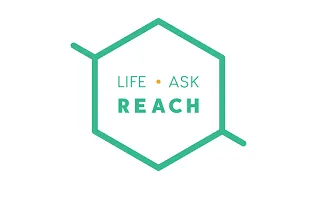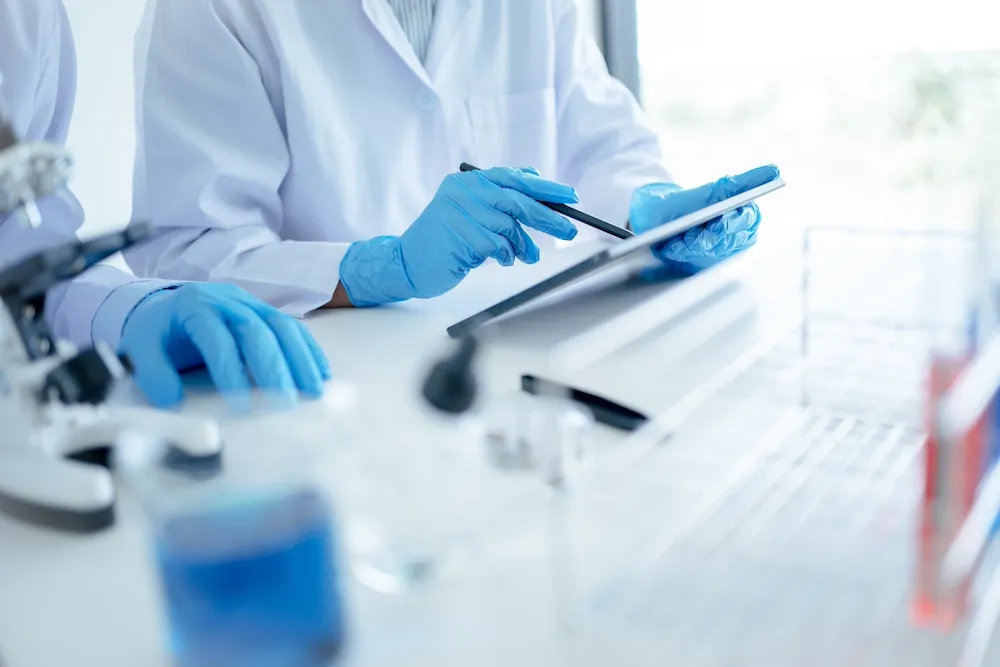
The project and its participants
The LIFE AskREACH project is a European Union programme carried out by several players: research institutes and NGOs of different countries, environmental agencies, etc. The project is also supported by ECHA.
The idea of the project was to create an app that will allow consumers to readily get information on whether the articles they buy contain Substances of Very High Concern (SVHCs). The principle of the app would be for users to be able to scan the barcode of a product and immediately get its information, or if it is not available, submit a request for information to the manufacturer.
This would lead to creating a database on SVHC substances at a European scale. The end goal is to encourage the substitution of these substances via consumer awareness.
This app was soft-launched in June and should be available for the general public in October 2019.
What does it mean for companies?
More transparency for consumers means more information to be provided by companies. Since consumers will be able to access very simply a tool for requesting more information, companies will have more requests to handle. The best practice for companies would therefore be to provide the information beforehand so as to avoid receiving too many individual requests that would have to be handled within 45 days.
A benefit of this project is that it allows to put forward articles which do not contain any SVHCs. It will not display, however, a “red flag” for articles containing these substances, producing no penalty for them. Companies could also be receiving statistics on clients’ requests.
SVHCs and article 33
SVHCs and articles
Consumers may ask manufacturers if an article contains SVHCs at more than 0.1%. Article 33 of the European REACH Regulation requires them to provide the information cost-free and within 45 days.
However, at the moment, very few consumers make use of this clause, hence the idea of facilitating the process for them via the app.
What is an SVHC? What is an article?
- SVHC substances include substances that are carcinogenic, mutagenic or toxic for reproduction (CMR), as well as persistent, bioaccumulative and toxic substances (PBT) and very persistent and very bioaccumulative substances (vPvB), etc. They are indexed by ECHA in the Candidate List and there are now 201 of them.
- An article is defined by REACH as “an object which during production is given a special shape, surface or design which determines its function to a greater degree than does its chemical composition”
An SVHC database project by ECHA
Simultaneously to this first project, a second SVHC database should be developed by ECHA. It was acted as part of a revision of the European directive on waste management, in 2018. This database should be functional and affect articles marketed from 5th January 2021, theoretically.
Manufacturers will then be required to notify ECHA of the presence of an SVHC (at more than 0.1%) in their articles. However, the two databases, the one made by ECHA and that of the LIFE AskREACH project are not expected to merge.
With these new requirements, already in place or in the future, it is more important than ever to ensure the traceability of your SVHCs. EcoMundo developed a software solution - SVHC Factory - which is associated to our experts’ knowledge to offer you a constant monitoring of your compliance with any regulation.
The project and its participants
The LIFE AskREACH project is a European Union programme carried out by several players: research institutes and NGOs of different countries, environmental agencies, etc. The project is also supported by ECHA.
The idea of the project was to create an app that will allow consumers to readily get information on whether the articles they buy contain Substances of Very High Concern (SVHCs). The principle of the app would be for users to be able to scan the barcode of a product and immediately get its information, or if it is not available, submit a request for information to the manufacturer.
This would lead to creating a database on SVHC substances at a European scale. The end goal is to encourage the substitution of these substances via consumer awareness.
This app was soft-launched in June and should be available for the general public in October 2019.
What does it mean for companies?
More transparency for consumers means more information to be provided by companies. Since consumers will be able to access very simply a tool for requesting more information, companies will have more requests to handle. The best practice for companies would therefore be to provide the information beforehand so as to avoid receiving too many individual requests that would have to be handled within 45 days.
A benefit of this project is that it allows to put forward articles which do not contain any SVHCs. It will not display, however, a “red flag” for articles containing these substances, producing no penalty for them. Companies could also be receiving statistics on clients’ requests.
SVHCs and article 33
SVHCs and articles
Consumers may ask manufacturers if an article contains SVHCs at more than 0.1%. Article 33 of the European REACH Regulation requires them to provide the information cost-free and within 45 days.
However, at the moment, very few consumers make use of this clause, hence the idea of facilitating the process for them via the app.
What is an SVHC? What is an article?
- SVHC substances include substances that are carcinogenic, mutagenic or toxic for reproduction (CMR), as well as persistent, bioaccumulative and toxic substances (PBT) and very persistent and very bioaccumulative substances (vPvB), etc. They are indexed by ECHA in the Candidate List and there are now 201 of them.
- An article is defined by REACH as “an object which during production is given a special shape, surface or design which determines its function to a greater degree than does its chemical composition”
An SVHC database project by ECHA
Simultaneously to this first project, a second SVHC database should be developed by ECHA. It was acted as part of a revision of the European directive on waste management, in 2018. This database should be functional and affect articles marketed from 5th January 2021, theoretically.
Manufacturers will then be required to notify ECHA of the presence of an SVHC (at more than 0.1%) in their articles. However, the two databases, the one made by ECHA and that of the LIFE AskREACH project are not expected to merge.
With these new requirements, already in place or in the future, it is more important than ever to ensure the traceability of your SVHCs. EcoMundo developed a software solution - SVHC Factory - which is associated to our experts’ knowledge to offer you a constant monitoring of your compliance with any regulation.







